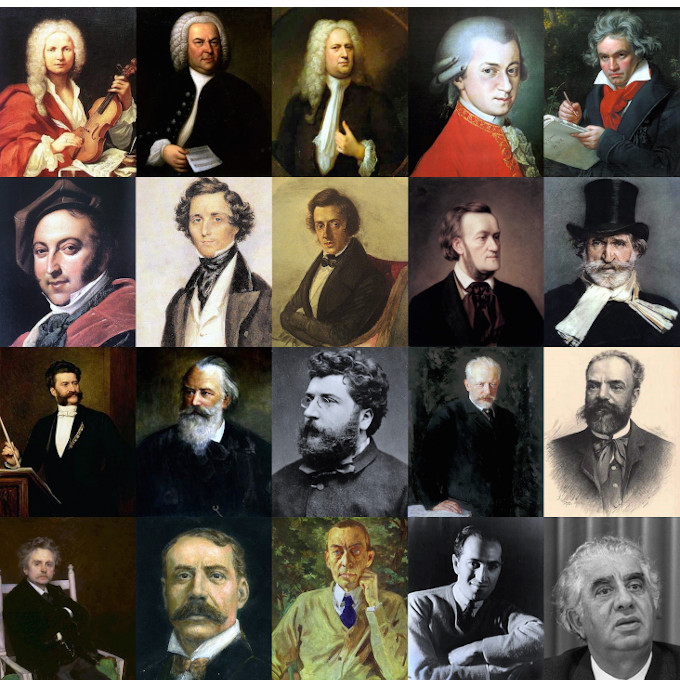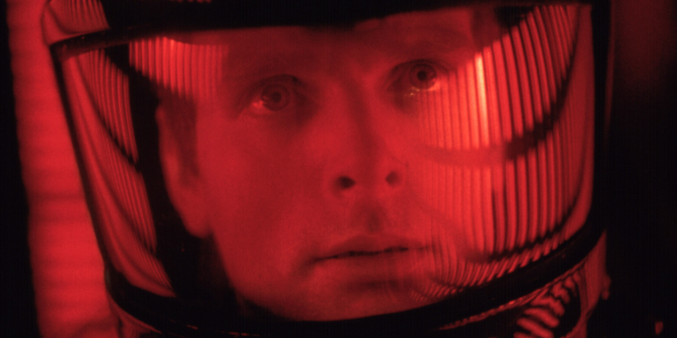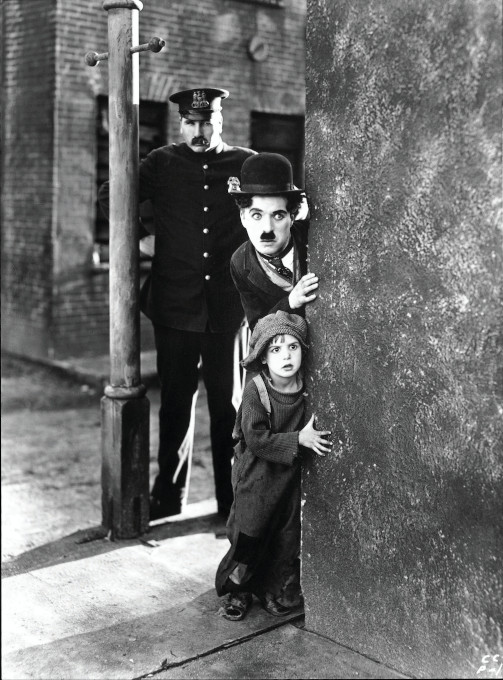An Homage to Classical Music and Its Influence on Film

Any film is composed of multiple elements: from scripting to special effects, to costume design, and, of course, the all-essential music.
The crux of the matter is: Music in many ways is just as, if not more important, than the spoken word in various media. When silent films dominated the scene — from 1914 to 1929 — music literally replaced the spoken word, and was used to express the actors’ emotions and thoughts.
When Charlie Chaplan or Buster Keaton would fall, embarrass themselves, speak to the pretty girl, or save the day, these actions were accompanied by a score. Music was either created specifically for the movie or derived from existing music, often of the classical genre.

Even though we are long past the era of silent films, music still plays an important part in conveying emotional expression in films and other forms of media. Classical music is a hidden contributor to the plot and narrative of media, especially action-based films.
Obviously pop, rock, rap, rhythm and blues, and other more contemporary genres are also used frequently, and perhaps stereotypically. Pop might be regarded as more upbeat; rock might be considered as angry; while R&B might be considered chill and laidback.
However, even if the typical moviegoer doesn’t realize it, classical music has the same impact, despite the stereotypes that weigh it down.

Ludwig van Beethoven, Johann Sebastian Bach and Wolfgang Amadeus Mozart — some of the most famous classical composers — have created compelling, dramatic pieces that could rival any modern, beat-dropping song.
These classical songs have helped set the tone of certain scenes in numerous movies throughout Hollywood history, and many viewers may not even realize that they populate scores of countless films.
One classical piece in particular has lost its roots, and has been relegated to just a “theme” to a popular film: Richard Strauss's "Also sprach Zarathustra," or as it’s better known, the theme to 2001: A Space Odyssey.

Strauss’s piece is a perfect example for two reasons. One, this composition has been shrouded by the media it's used in, and has lost its original identity -- those who listen to it have no idea its origin is actually a great classical score.
Two, it serves as an example as to the breadth classical music can have when identifying key emotions and feelings. “Also sprach Zarathrustra” inspires awe, anticipation and adventure in listeners, as evident by the film it was originally used in, and in its latest iteration at the beginning of hit film Barbie.
This emotional spurning also echoes the original meaning of the piece, which was inspired by Friedrich Nietzsche's book, Thus Spoke Zarathustra. The story follows the journey of the character Zarathustra as he embarks on an adventure to find himself and return to his place of birth.

Classical music also lends itself to nonadventure genre films, such as horror and thriller-based media. Stanley Kubrick, the director of 2001: A Space Odyssey, is well known for consistently using classical music in his films, including his horror masterpiece The Shining and thriller Eyes Wide Shut.
Kubrick used Béla Bartók’s “Music for Strings, Percussion and Celesta” throughout the film, especially during scenes that inspire fear, such as when Danny is rolling down the hotel hall toward the blood-filled elevators, and when Jack enters the ballroom.
Classical music has also been used as the basis for other horror genres, such as Black Swan, a film that follows a ballerina battling with a curious mental state who is playing the Black Swan in "Swan Lake," the music for which was composed by Tchaikovsky.

Not only does Tchaikovsky’s piece act as the driving force of the film’s plot and narrative, it also emphasizes the tension and despair the main character feels as she tries to embody the Black Swan – a case in which the film and music feed off of each other.
While classical music, at times, lends itself well to highly emotive films, it can also be used to inspire fantasy.
During Harry Potter and the Deathly Hallows: Part 1, when the main characters — Harry, Hermione and Ron — reach a safehouse, there’s a brief scene where Hermione attempts to teach Ron how to play Beethoven’s “Für Elise.”
Though Ron bumbles through her lesson, this song helps create a moment of safety and tenderness not only for the characters, but the audience too.

Even if classical music is not audible in films, it has continuously influenced multiple film score composers -- including John Willams' Star Wars score and Danny Elfman, who is not only influenced by classical music, but has also composed great classical pieces.
Whether we can actually hear the classical cadences urging on the characters in films or not, the genre has thankfully not fallen prey to the stereotypes that surround it.
If anything, classical music is one of the reasons we find certain movies so compelling – even if most of us do not realize it.
Author Bio:
Ariana Powell is a contributing writer at Highbrow Magazine.
For Highbrow Magazine
Photo Credits: Depositphotos.com; Wikimedia Commons; Wikipedia Commons; Wikimedia Commons; Linnaea Mallette (Public Domain Pictures).































































































































































































































































































































